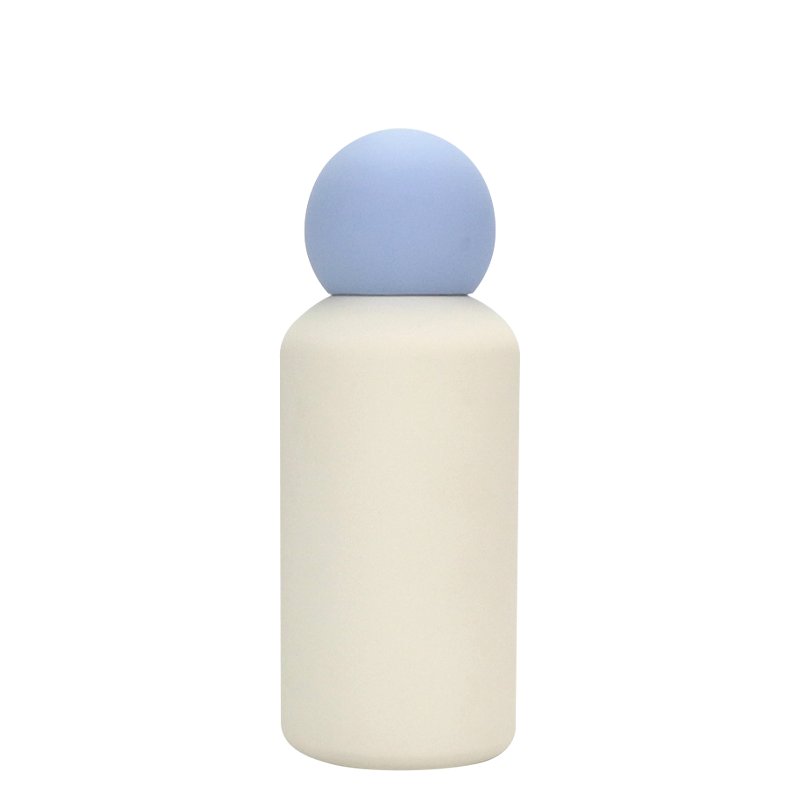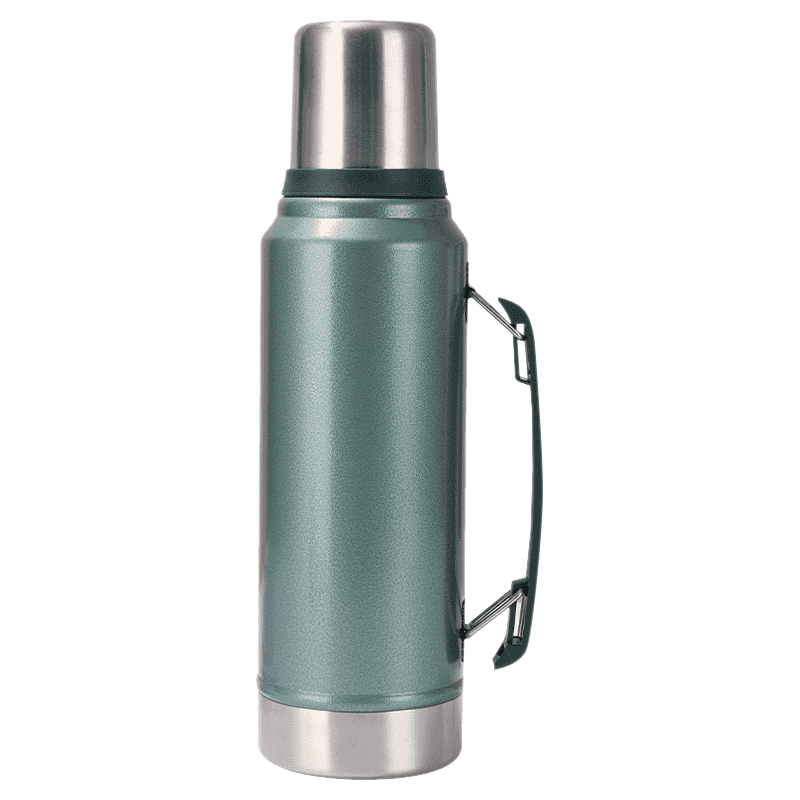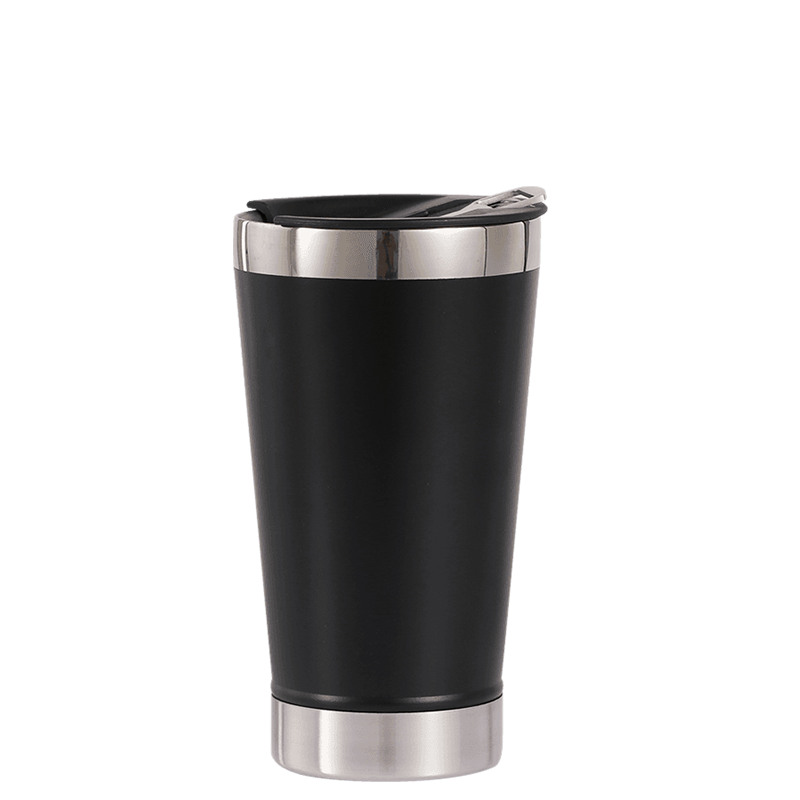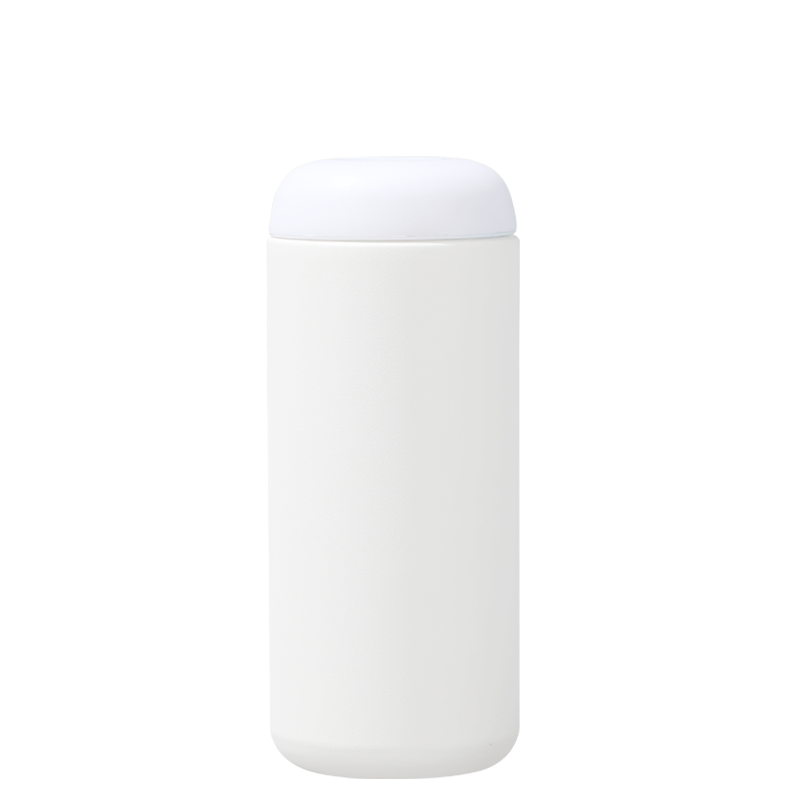
+86-13566758039

Industry News
When you hold a well-engineered vacuum container in your hand you notice the difference immediately — a Stainless Steel Thermos Bottle sits neutral to the touch while it keeps a hot drink hot or a chilled drink cold, and that simple feel drives many purchasing decisions today. Heat constantly seeks balance, flowing outward from warmth toward coolness. Single-wall containers accelerate this natural process through direct contact.
How does the vacuum layer slow heat transfer inside a thermos?
Conventional double-wall designs introduce separation between layers, creating an air buffer. While this air gap slows temperature exchange, trapped molecules still shuttle heat through convection currents. Warm environments gradually invade cold drinks, while heated contents surrender warmth to cooler air. Though offering modest improvement over single-wall units, traditional double-wall insulation faces challenges in temperature-sensitive situations.
Conduction requires material to material contact; with a vacuum there are almost no particles between inner and outer shells to carry that contact, so conduction is greatly reduced. Convection depends on fluid motion; without air in the space between walls, there is no medium to form currents, so that route is removed. Radiation remains active, because electromagnetic waves travel through a vacuum, which is why many high performance bottles add reflective finishes or coatings to inner faces — those finishes redirect radiative energy so that less of it escapes. The combined effect is a quieter movement of heat, measured in how long a hot drink stays warm or a cold drink stays chilled when compared in everyday use.
This is also where material choice matters. Stainless steel provides an inert, stable inner shell that does not react with typical beverages, while the outer shell can be textured or coated for grip and brand styling. The vacuum is a silent partner: once created in a controlled factory process, it is intended to remain stable through the product's life. Engineering attention goes into the join between neck and body and the lid design, because heat often sneaks in via small mechanical details rather than through the main shell.
What makes a Stainless Steel Thermos Bottle different from a single wall bottle?
A single wall bottle is a single sheet of material that holds liquid and gives back to your hand whatever temperature the liquid is carrying. A vacuum insulated thermos uses two metal layers separated by a near empty space between them so the outside shell does not mirror the drink's temperature. That structural gap is not decorative — it is a working thermal barrier that changes how heat travels, and therefore how your drink behaves in daily life.
How this matters in practical terms is straightforward. If you want to avoid burning your hand or sweating water onto a desk, a vacuum insulated container gives you that comfort while keeping beverage temperature longer. If your priority is weight, mixability, or a minimalist budget, single wall options will sometimes win on those narrow metrics.

Why is stainless steel the material of choice for vacuum-insulated thermoses rather than plastics or glass?
Material selection determines both hydration safety and thermal performance. Alternative compositions carry compromises: plastics risk chemical interactions, aluminum transfers temperature rapidly, and glass fractures under stress. Food-grade stainless steel resists corrosion, absorbs impacts without damage, and preserves liquid flavors authentically. Its inherent recyclability supports circular material flows.
Stainless steel offers a combination of mechanical resilience, corrosion resistance, and taste neutrality that other common materials struggle to match. It resists denting and cracking so the vacuum seal is more likely to remain intact after routine handling. Unlike many plastics, properly finished stainless steel does not absorb or retain flavors, and it is compatible with food-grade finishing practices. From a lifecycle point of view, it is widely recyclable and avoids the microplastic concerns associated with repeated use of certain polymer bottles. When health-conscious consumers search for a reusable bottle that does not transfer off-tastes or degrade quickly, stainless steel tends to be their preferred choice.
Why Emptiness Outperforms Air Cushioning?
Though visually similar, vacuum and air-insulated bottles function differently:
Thermal Performance: Air-trapped designs rely solely on physical separation. Heat migrates through convection currents within the air layer. Vacuum insulation eliminates this pathway, creating noticeable improvements in temperature maintenance.
Structural Integrity: Temperature fluctuations cause air expansion within conventional double walls, stressing seams over time. Vacuum-sealed chambers experience no pressure changes, enhancing reliability during transport or storage.
Practical Design: Air-insulation requires thicker material for adequate separation, adding unnecessary weight. Aijunware's vacuum technology achieves efficient thermal resistance with leaner profiles.
Market preference continues shifting toward vacuum-sealed solutions where consistent performance matters.
The Aijunware Difference: Where Innovation Meets Daily Life
Contemporary hydration demands adaptable solutions for shifting environments and activities. Aijunware bottles harness vacuum-insulated science to sustain temperatures through meetings, commutes, and outdoor pursuits. With food-safe stainless steel ensuring purity and longevity, they quietly advance personal wellness and ecological responsibility in every use. Experience purposeful hydration reimagined.
How do vacuum, materials, and small design choices translate into measurable product qualities?
Think of product quality as a chain of cause and effect. The vacuum reduces heat transfer by two mechanisms; stainless steel prevents material failure and taste transfer; weld and seam design maintain vacuum integrity; lid engineering prevents spills while matching thermal behaviour; and exterior finishes affect grip and scratch resistance. Each of these decisions affects manufacturing cost and final price, but also determines warranty claims, return rates, and brand reputation. For example, a thicker inner wall may marginally improve structural resilience but increases material cost and weight; an engineered polymer cap that mates to a stainless throat can protect the seal and keep the user interface comfortable. Designers must weigh trade-offs: which attributes will customers pay a small premium for — longer thermal retention, lighter weight, ease of cleaning, or a particular look — and how do those priorities align with supply and scale?
If you want a partner that pairs technical clarity with commercial readiness, explore Aijunware's thermos portfolio and the ways it supports retail and corporate channels with practical customization choices and dependable production oversight. Contact their commercial team to discuss specific scenarios, customization options, and the path from prototype to shipment.
Your email address will not be published. Required fields are marked *








* Your email is safe with us, we don't spam.


Our company's products include vacuum flasks, beer mugs, coffee mugs, car tumbler, fire stove and tensile parts, etc.
Phone: +86-13566758039
Tel: +86-0579-87171178
Fax: +86-0579-87171178
E-mail: [email protected]
Add: No.29, Qiaodong Road, Qiaotouzhou Village, Longshan Town, Yongkang, Jinhua, Zhejiang, China.

 English
English 中文简体
中文简体 日本語
日本語 Français
Français Español
Español